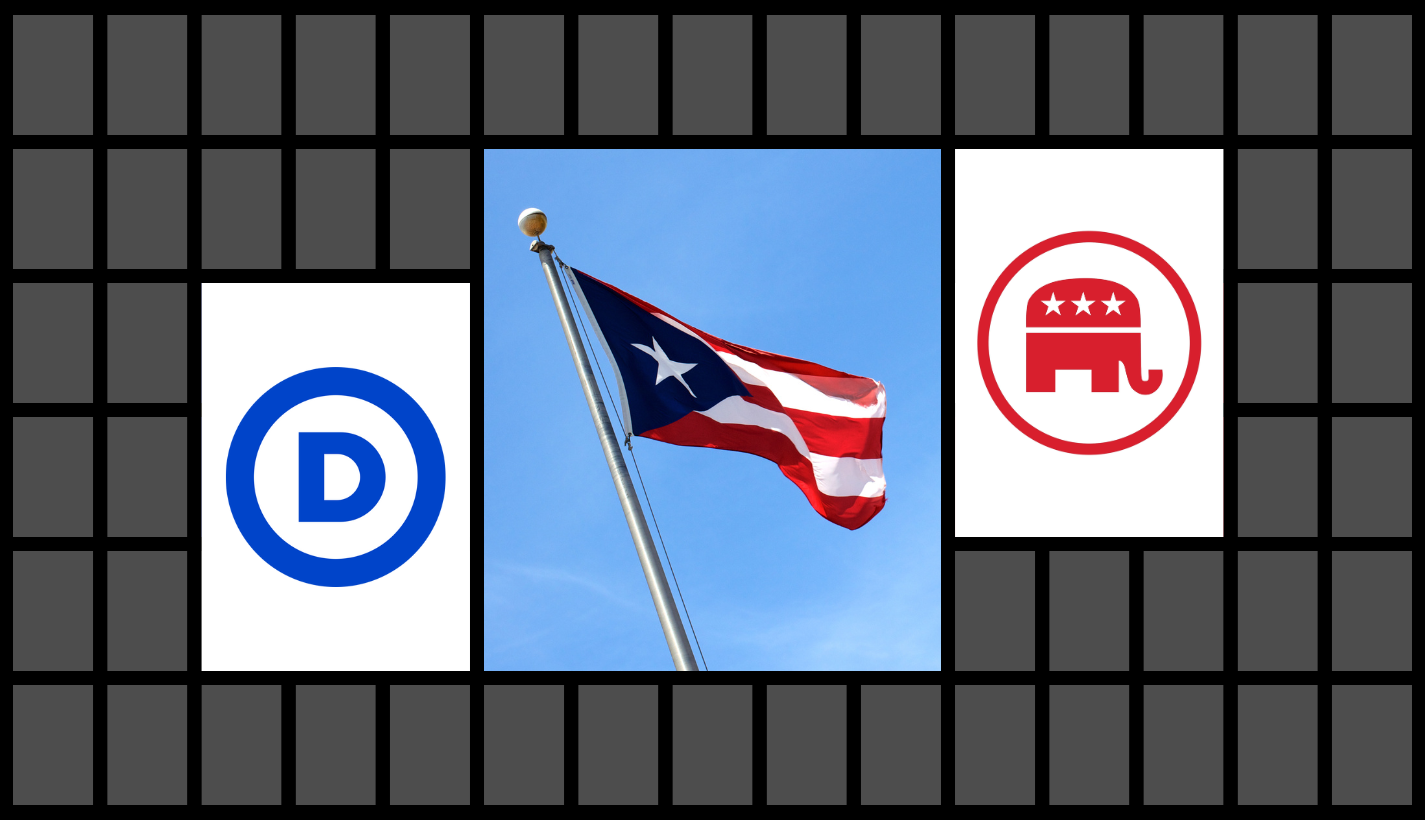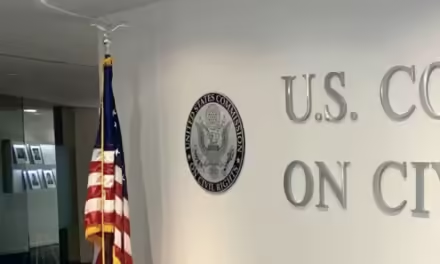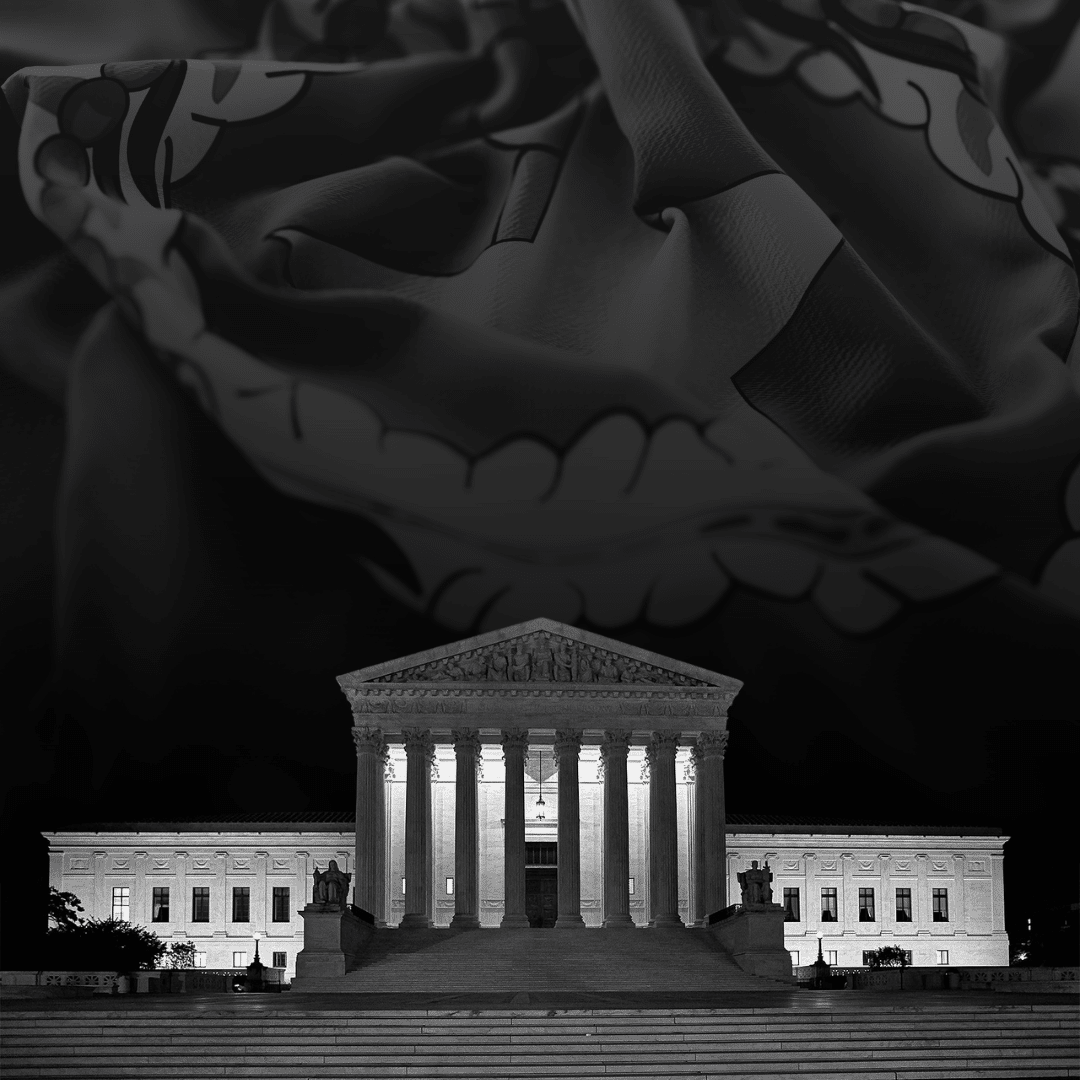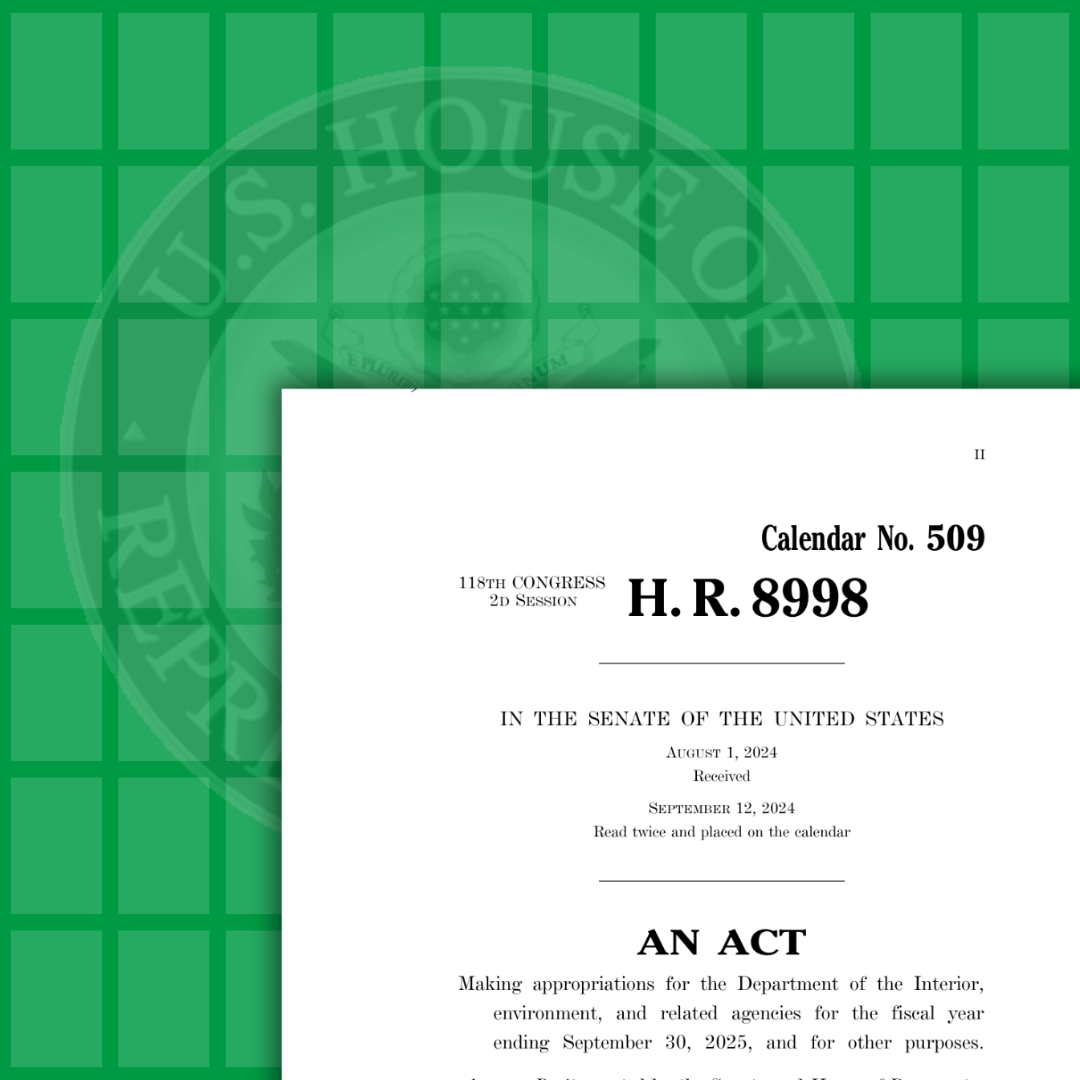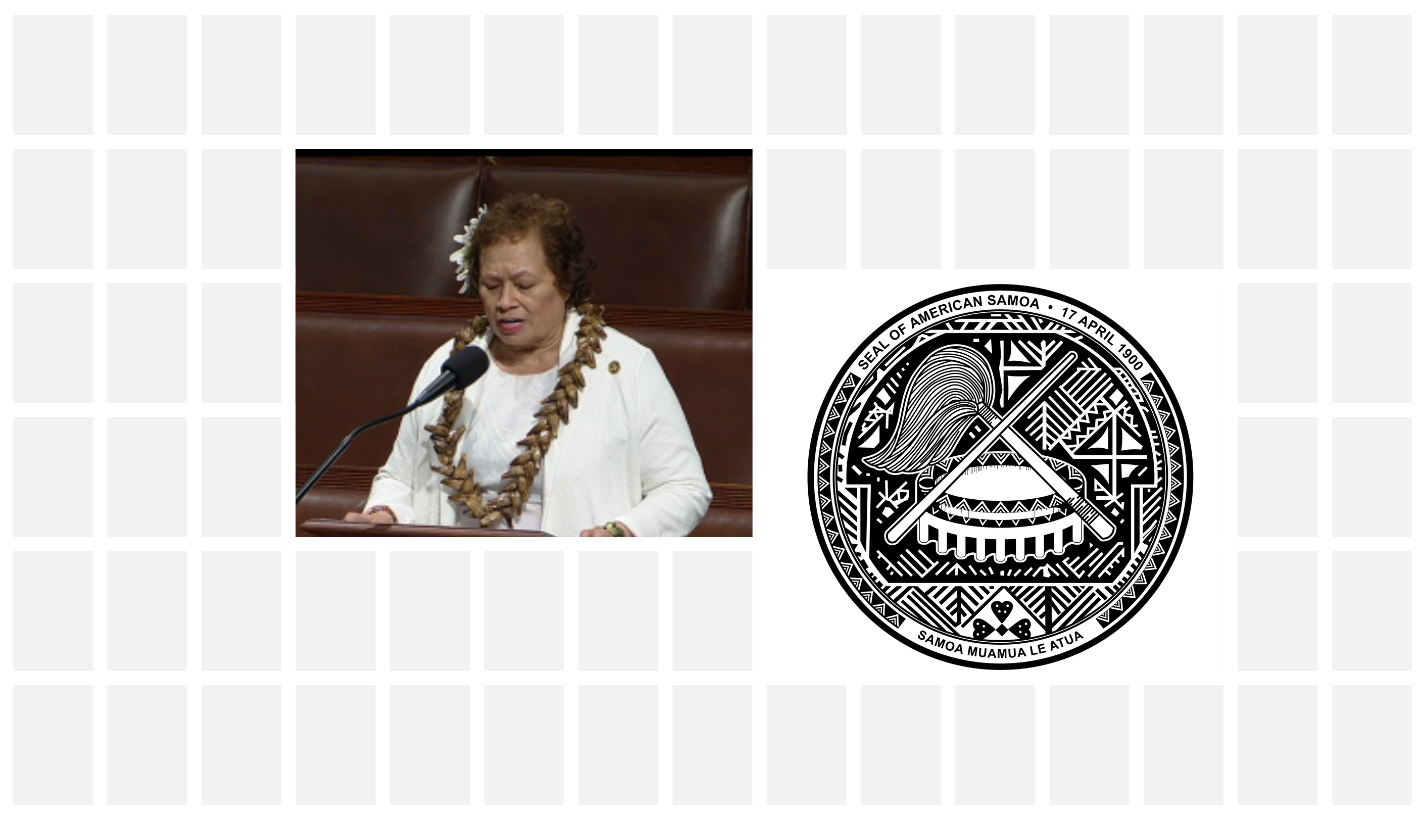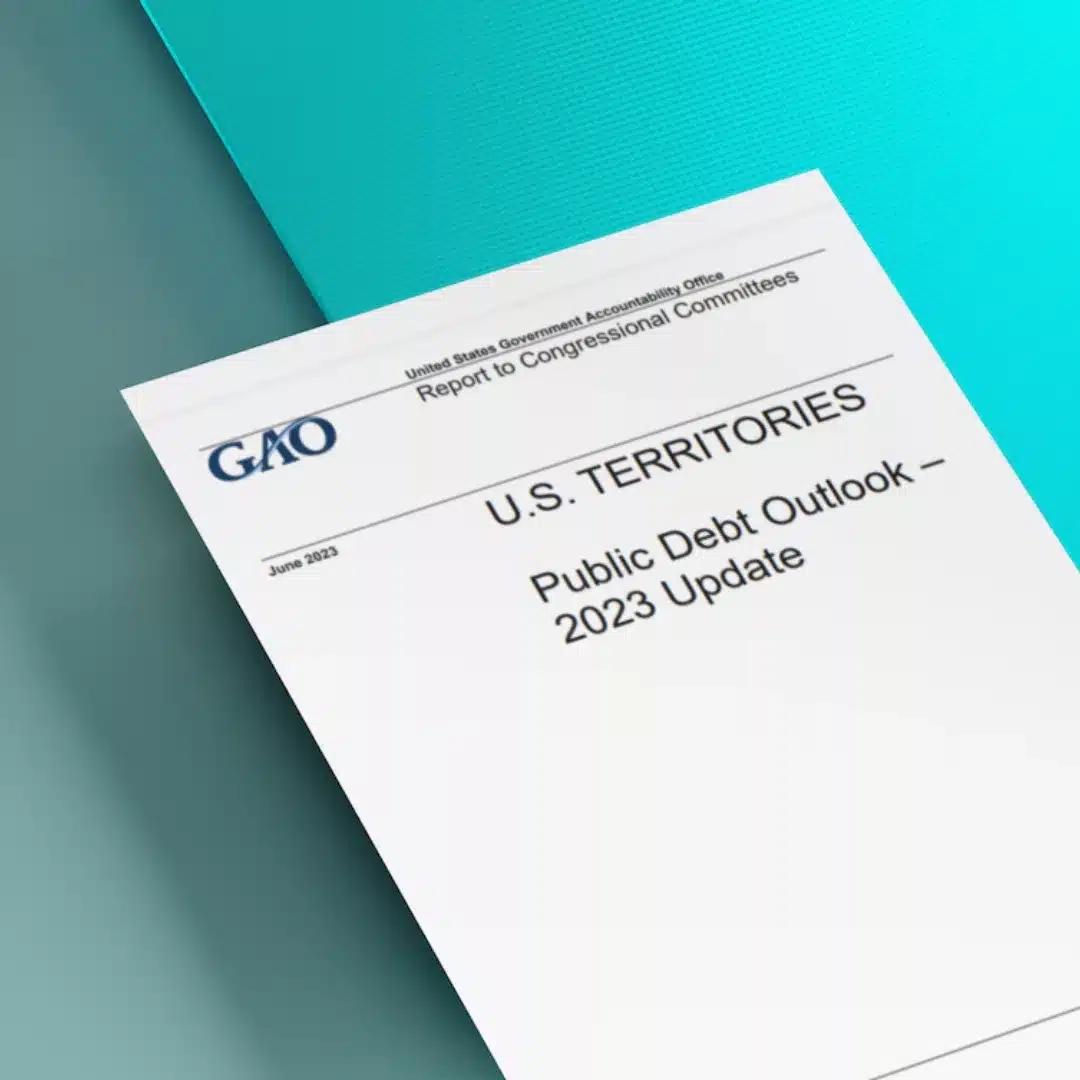
Charlotte Amalie, US Virgin Islands
In the fall of 2013, the Virgin Islands Daily News reported that Fitch Ratings downgraded “…its ratings of V.I. Matching Fund Bonds issued by the V.I. Public Finance Authority.” Senior line revenue bonds were downgraded from BBB+ to BBB, while subordinate line revenue bonds were downgraded from BBB to BBB-. While the rating of the latter, in particular, puts those securities in the ‘lowest tier of investment grade,’ the ratings are nonetheless stable and of investment grade.
To simplify, a Bond is a type of security in which an investor loans money to a corporate or governmental entity for a definite time period at a fixed interest rate. Municipal Bonds are merely those bonds issued by governmental entities as a means of financing their capital expenditures. Empowered by an Act of the Legislature of the Virgin Islands in 1988, the Virgin Islands Public Finance Authority is an extra-governmental public corporation whose objective is to aid the territorial government in meeting its fiscal obligations by borrowing money and issuing bonds.
The V.I. Matching Fund Bonds, which cover the territory’s debt service, are backed by the cover-over revenue (rum tax rebate) received by the territory from Congress. The projected rum tax rebate for fiscal year 2013 was decreased from $271.6 million to $235.9 million because the run produced in the territory and sold in the United States has been found to contain 40% alcohol (80 proof), while the standard U.S. gallon of spirits contains 50% alcohol (100 proof). Because the municipal bonds are used to cover the debt service, and because the bonds are backed by the rum tax rebate which is estimated to be $35.7 million less than anticipated, Fitch decided to downgrade the territory’s investment bonds.
An Audit of the Financial Activities of the Territorial Government performed by Ernst & Young, LLP for Fiscal Years 2010 and 2011 highlights the territory’s fiscal issues. The chart below reduces the accounting firm’s overall findings:
[table class=”table_gray”]
|
2010 |
2011 |
|
| Revenue |
$1.3 billion |
$1.2 billion |
| Expenses |
$1.6 billion |
$1.4 billion |
| Deficit* |
$1 billion |
$1.2 billion |
[/table]
*Because of revenue adjustments throughout each of the enumerated fiscal years, the deficits enumerated are significantly larger than if expenses were subtracted from revenues
A closer look at the report reveals that in 2010 and 2011, taxes paid were $863.1 and $684.2 million, respectively, a year-to-year decrease of $178.9 million. The report also reveals that the territory’s bonds payable is $1.8 billion, accounting for 60% of the territory’s $3 billion accounts payable (debt). Of the territory’s total debt, $5 and $83.3 million are payable to the federal and territorial governments, respectively, and $114.4 million and $2.4 billion of the overall debt payable within one year and in more than one year, respectively.
The 2012 Budget of the U.S. Virgin Islands contains a wealth of information regarding territorial demographics, which sheds some much needed light on fiscal policy and budgetary constraints in the Virgin Islands. Of the 115,852 residents of the territory, the biggest segment of the population is between the ages of 45 and 49 years old, at 9,460 residents. The second and third biggest segments are the age groups 35-39 and 60-64 years old, at 9,098 and 9,021, respectively. These three age groups account for approximately 25% of the territory’s population. Another 21,543 residents are enrolled in K-12 education, with an additional 2,733 students matriculated at the University of the Virgin Islands, in total account for another (approximately) 21% of the territory’s population. While the median household income is $36,064, about 1/2 of the territory’s households (approximately 10,051) make between $15,000 and $49,999.
The demographics section of the budget also provides information regarding the employment situation in the territory. About 50,265 territorial residents are employed. Of the territory’s total population, 64% have a High School Diploma and 15% have a College degree. The three biggest sectors for employment in the territory are the private sector, finance, insurance and real estate, and the territorial government, with 29,928, 13,192 and 10,000 employees, respectively. Of all available jobs in the territory, 8,683 are tourism-related employment, as is evident by fact that approximately 1/2 million tourists and another 1.7 million excursionists visit the island annually.
Central to the lifeblood of any government is revenues, taxes in particular. Of all incoming revenue, 95% is accounted for as follows: Individual Income Taxes – $384.5 million (50%); Corporate Income Taxes – $56.5 million (7%); Real Property Taxes – $95.5 million (12%); Trade and Excise Taxes – $26.1 million (3%), and; Gross Receipt Taxes – $177.3 million (23%) This information reveals that the territorial government relies heavily on individual income and gross receipt taxes. The reliance on the latter – a tax charged on a corporation’s total gross revenues – explains why the cost of living in the U.S. Virgin Islands is rather high, creating a strain on the workforce, whom, as demonstrated earlier, make only between $15,000 and $49,000 annually.
The government’s fiscal policies seem to fall in line with the demographics of the territory. Below is a chart that highlights the four highest expenditures in the territory:
[table class=”table_gray”]
|
2010 |
2011 |
|
| General Government |
$722.3 million |
$498.3 million |
| Education |
$277 million |
$298.6 million |
| Health |
$160.6 million |
$143.6 million |
| Public Housing & Welfare |
$139.6 million |
$142.1 million |
[/table]
In 2010, these four expenditures account for 79% of all expenditures, while in 2011 it accounted for 69% of all expenditures. The figures also demonstrate that general government spending experienced a year-to-year decrease of approximately $224 million. This is most certainly a sign that the territorial government, under the direction of Governor De Jongh, is taking steps to cut the cost of operating the government.
The other figures, however, demonstrate an even bigger problem, one that mirrors the major fiscal issues that many state governments, and ironically enough, the federal government, struggles with: the cost of education and health care.
The territory increased year-to-year education spending by approximately $21 million, yet only 64% of the workforce has a high school diploma, and yet still, only 15% have a college degree. This indicates that a vast majority of Virgin Islanders may not qualify to work in the finance, insurance and real estate industry – the second largest employer in the territory – as these jobs would more than likely require post-secondary education. The Virgin Islands Hospital and Health Facilities Corporation is an extra-governmental public corporation empowered by the Legislature of the Virgin Islands to provide healthcare to the residents of the territory. For the 2011 fiscal year, the corporation’s expenses were $172.9 million, while charges for services equaled $97.2 million and grants and contributions stood at $50.6 million. This left a deficit of $19 million – a hindrance to the corporation’s objective. That deficit, however, does not account for any accounts receivables that the corporation cannot collect on.
As of current, no information is available on a 2012 audit, or a 2013 FY Budget, so it is unclear as to how the government has gone about addressing its fiscal policies and budgetary constraints. The downgrade of the territory’s bonds is only one in a series of events that the territory has had to endure as a result of the Great Recession.
–R.J. Windsor
This is the second in a series of posts examining the United States Virgin Islands and their political, legal and economic situation.

